Bungalow Big Enough For Two—Tony Curtis & Janet Leigh
The bright blue truck from the Elgee, Beverly Hills’ fanciest meat market, pulled up sharply in front of a picturesque brown and white California bungalow. The delivery boy checked the information on his order slip: “Mr. and Mrs. Tony Curtis, one block east of Doheny, corner house.” He backed his pick-up truck into the patio entrance around the corner and hopped out. Then he heaved the meat bundle to his shoulder and whistled as he walked to the kitchen door.
“Elgee!” he called, beating a fast tattoo on the screen door.
Janet Leigh answered the knock.
“Hiya, Mrs. Curtis,” greeted the smiling delivery boy. “How you like the new house?”
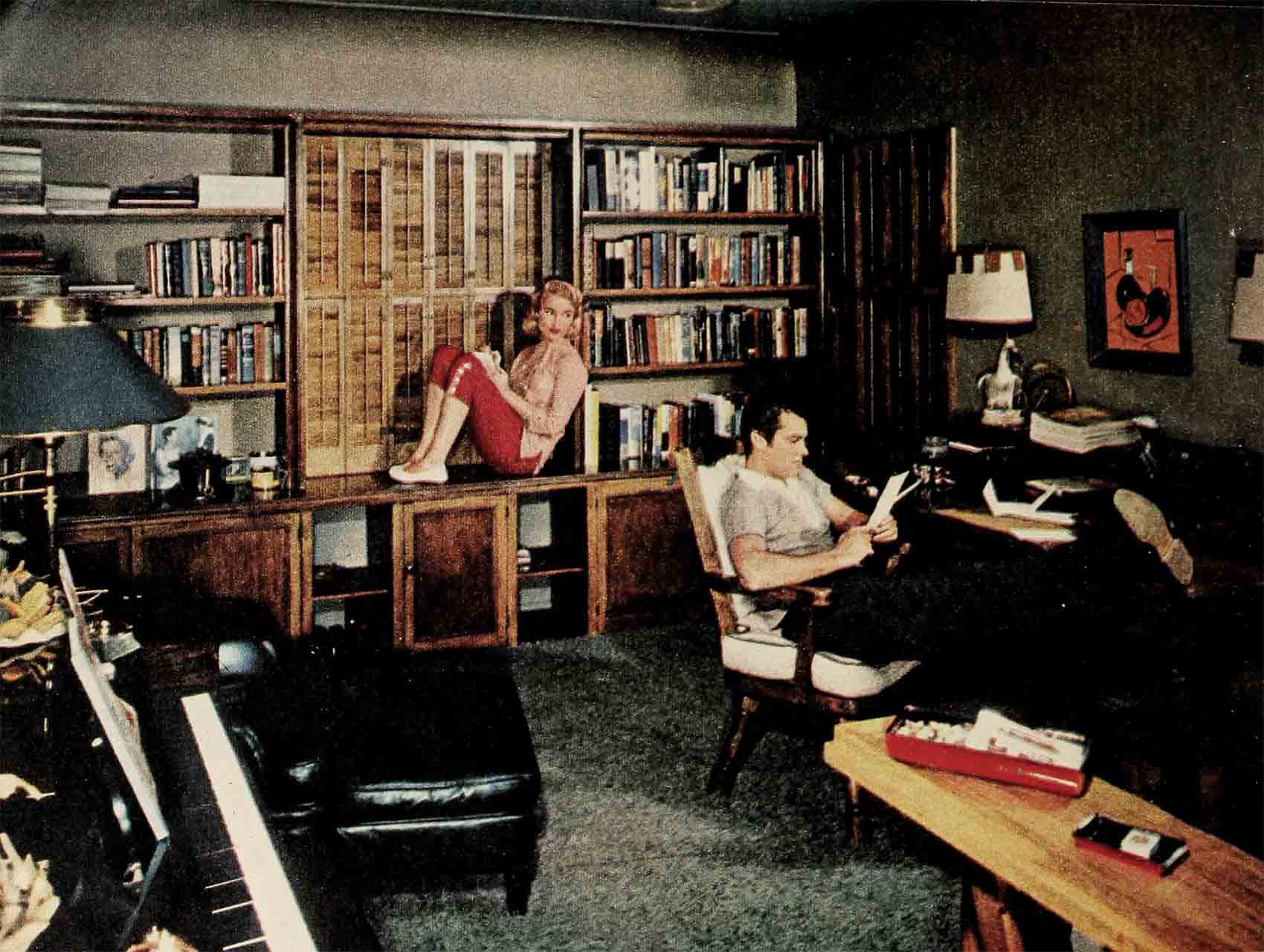
“We love every inch of it,” Janet said. She opened the door. “One more month of climbing those steps to the penthouse, and we would have had it. The delivery boy grinned. “Me, too,” he said. He looked around the kitchen. “Say!” he exclaimed. “Two refrigerators! That’s pretty neat.”
Janet smiled. “We’ve got so much ice-box space we’ll only have to order food once a month.”
“Now, you wouldn’t do that,” the delivery boy kidded. “You’d get lonesome without my daily visits.”
“At Elgee prices?” snapped Janet. “I can afford to be lonesome!” She reached for the receipt and signed the tab. “So long, Charlie.”
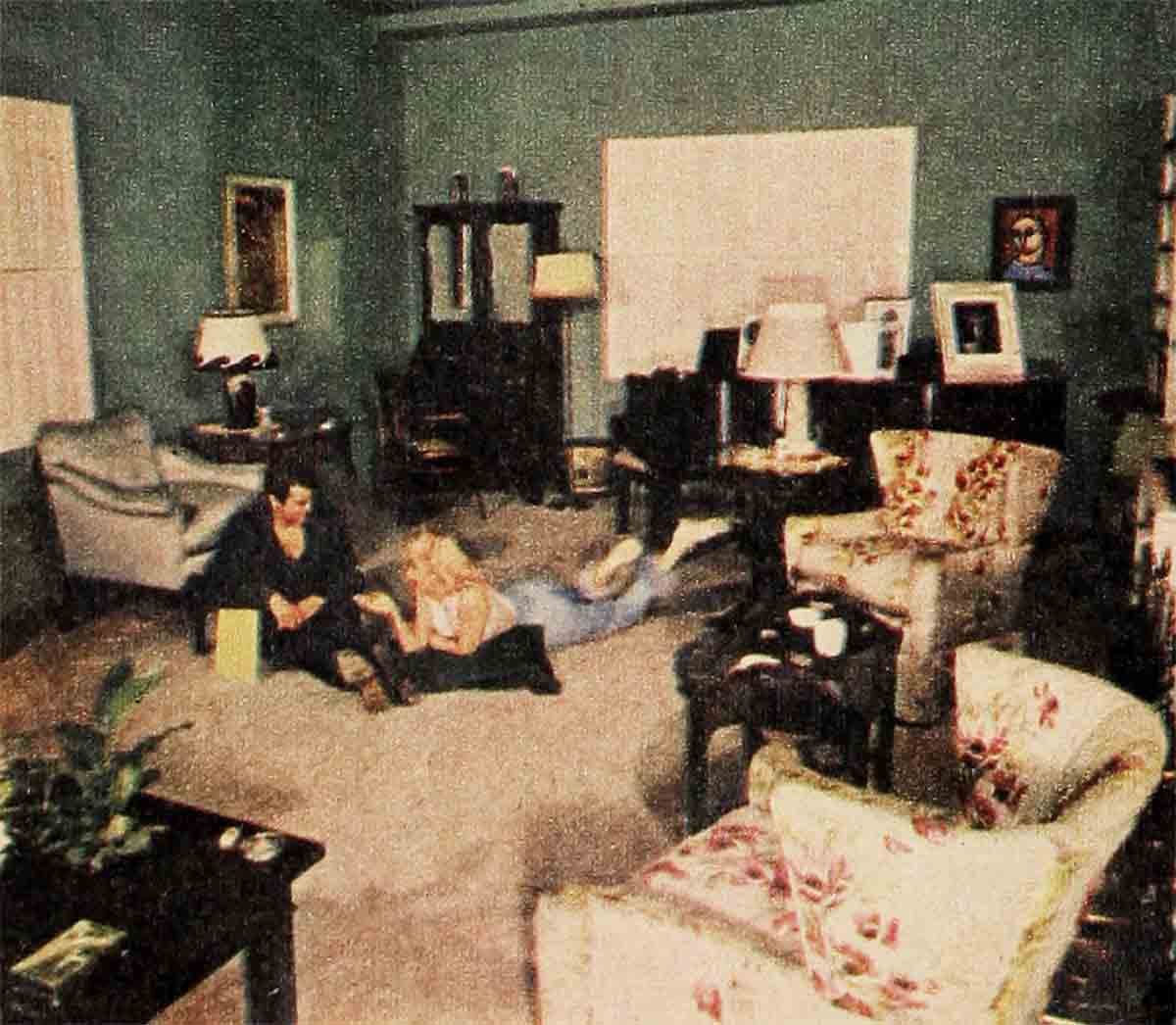
Last year when MODERN SCREEN showed the Curtis home, Janet and Tony had just settled into a spectacular, $400-a-month, seven-room penthouse with a roof garden and a three-year lease. They intended to remain in an apartment for at least three years. According to Janet, who loves to plan, they would then be ready to build a home of their own. She estimated that by 1956 they would have enough money to build a really large house to meet the potential needs of an expanding family.
The news early last summer that Janet was pregnant upset the timetable. All thought of three-year leases and waiting for the fat bank balance disappeared.
Tony put his foot down and said, “When the baby arrives we must have a house. That’s all there is to it.” In a pink and blue fog, Janet agreed.
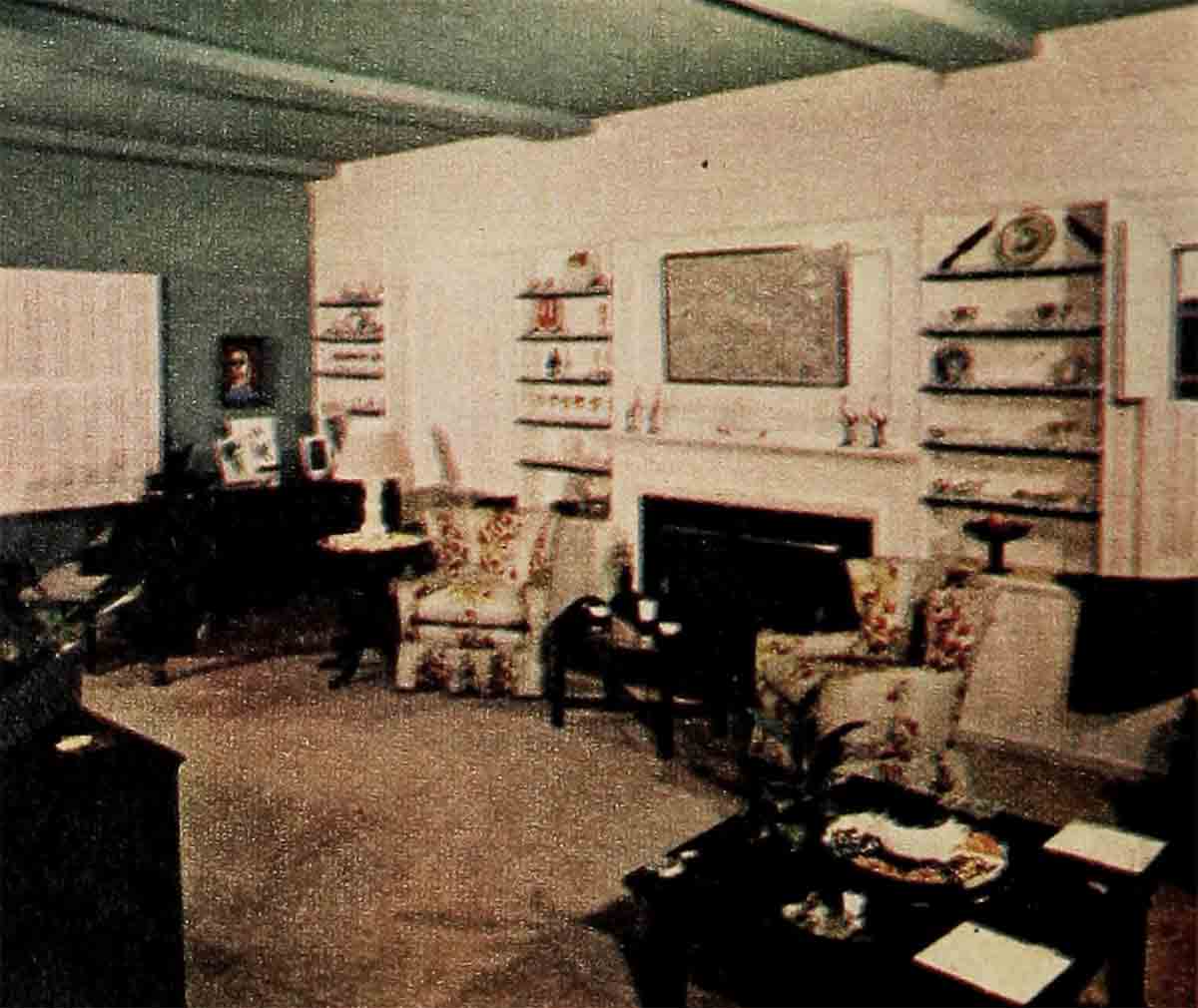
But before they could execute their new plans the anticipated event was canceled. Janet lost the baby. It was a terrible disappointment. The sudden end of hope and the mounting fear for his wife’s health frightened Tony badly. During the ordeal he was on location in Honolulu, and he was frantic. Janet refused to let him quit the picture and fly home because, as she puts it rather shakily, “These things happen in the best of families.”
She was right. Her obstetrician explained that miscarriages are fairly common in a first pregnancy, particularly when the mother is an intense, active person like Janet. The doctor reassured the young couple and advised them not to be downhearted. “You’re young,” he said. “There’s plenty of time, so let’s wait and see what next year will bring.”
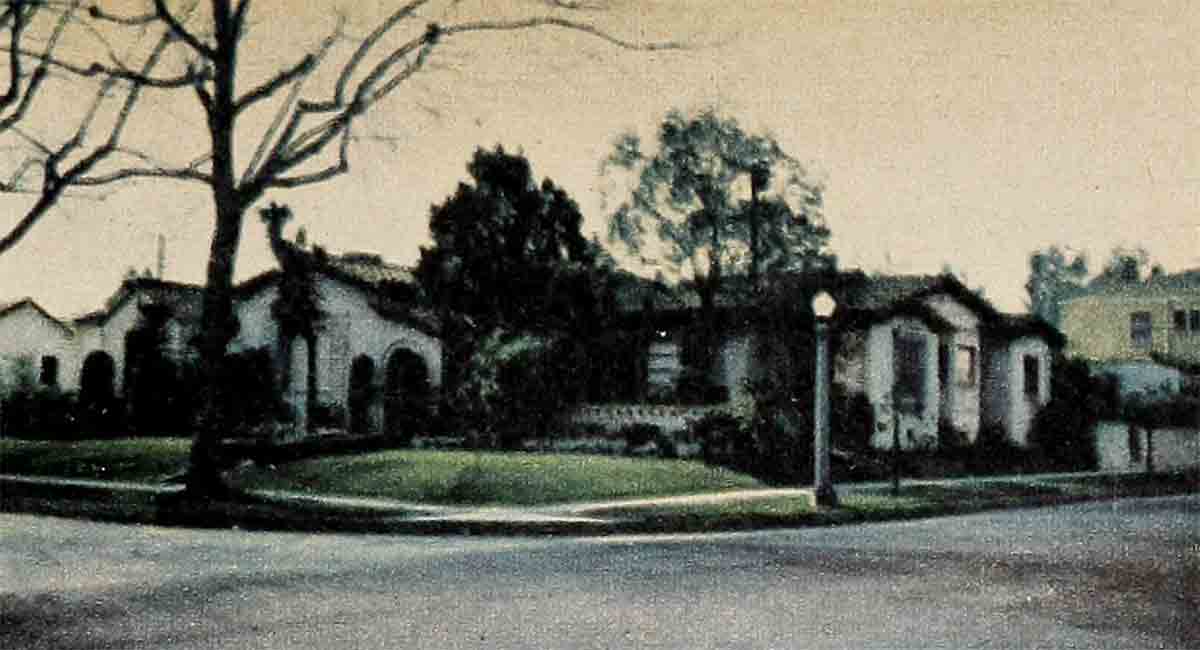
“Of course,” Janet explains, “we listened to him very carefully. But mentally we were already parents. After the shock of losing the baby wore off a little and we could talk about it—that is, without my crying—Tony suggested that we go ahead with our idea of getting a house. He thought we had both outgrown the glamorous penthouse. It had been good for a year and marvelous for parties and wonderful as a showplace but it was no home for people who intended to become parents.”
Fully awake that it would be at least a year or so before they might realistically expect a baby, Tony and Janet set about looking for a house. They scaled their desires down. They expected to find not the house of their dreams, but simply a livable place that would be a convenient home for children.
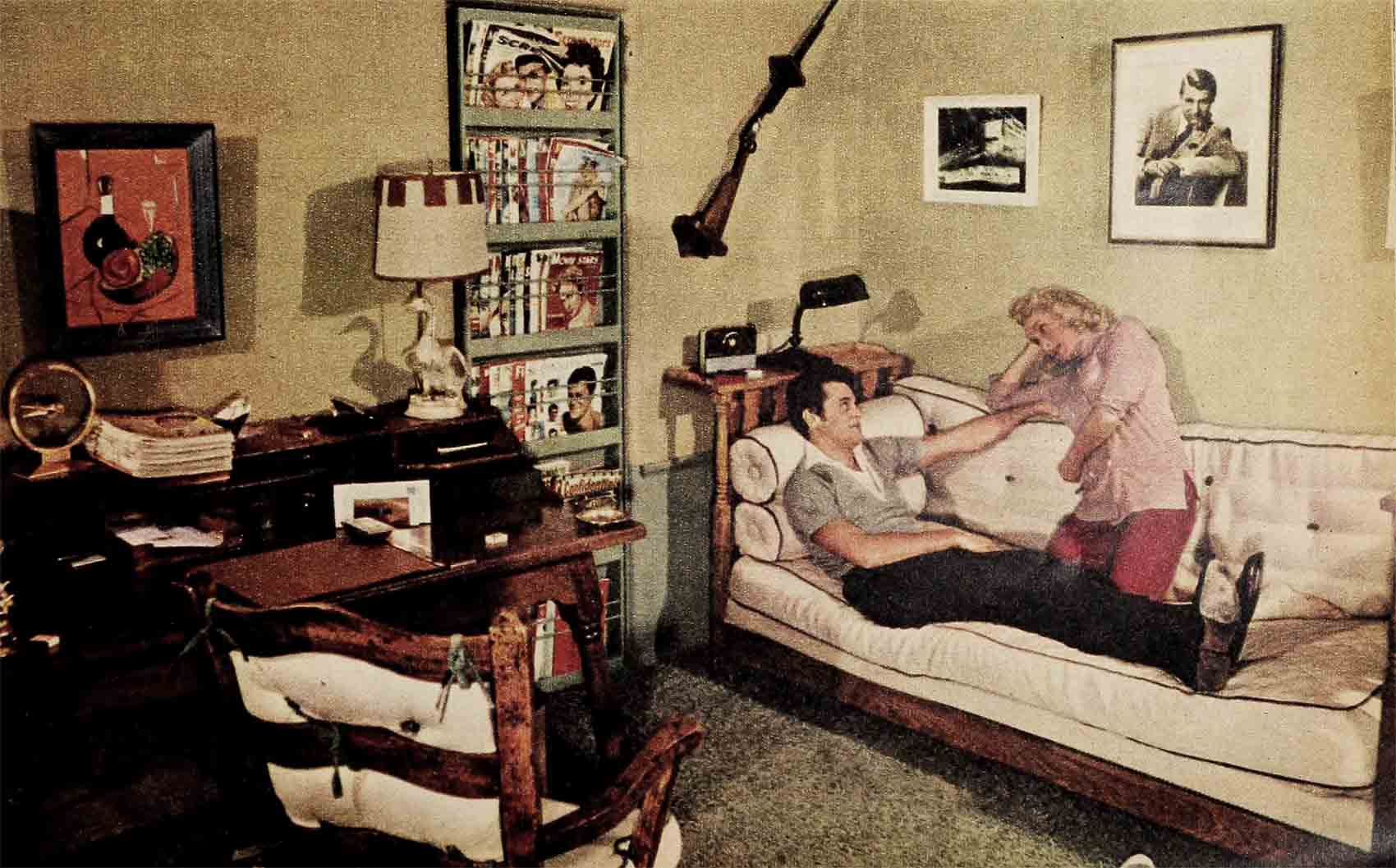
“What we want,” Janet explained to her mother (who has always done most of their house-hunting) “is a place around Beverly Hills near all the studios.
“We made the usual list of impossible demands,” Janet recalled. “We were having a pickup dinner with my folks one Sunday, and we told them all about our requirements. The only thing Tony and I don’t have strong feelings about is architecture. I told Mum the house could be anything on the outside—English, modern, Spanish. Just so long as the inside fitted our needs.”
“Once Janet put the housing project in her mother’s lap,” Tony says, “she felt much better. She had something to look forward to and she forgot about the miscarriage. It’s a wonderful thing to have a family helping you all the time. We knew that Janet’s mother would keep going and looking until she found something that would make us happy.”
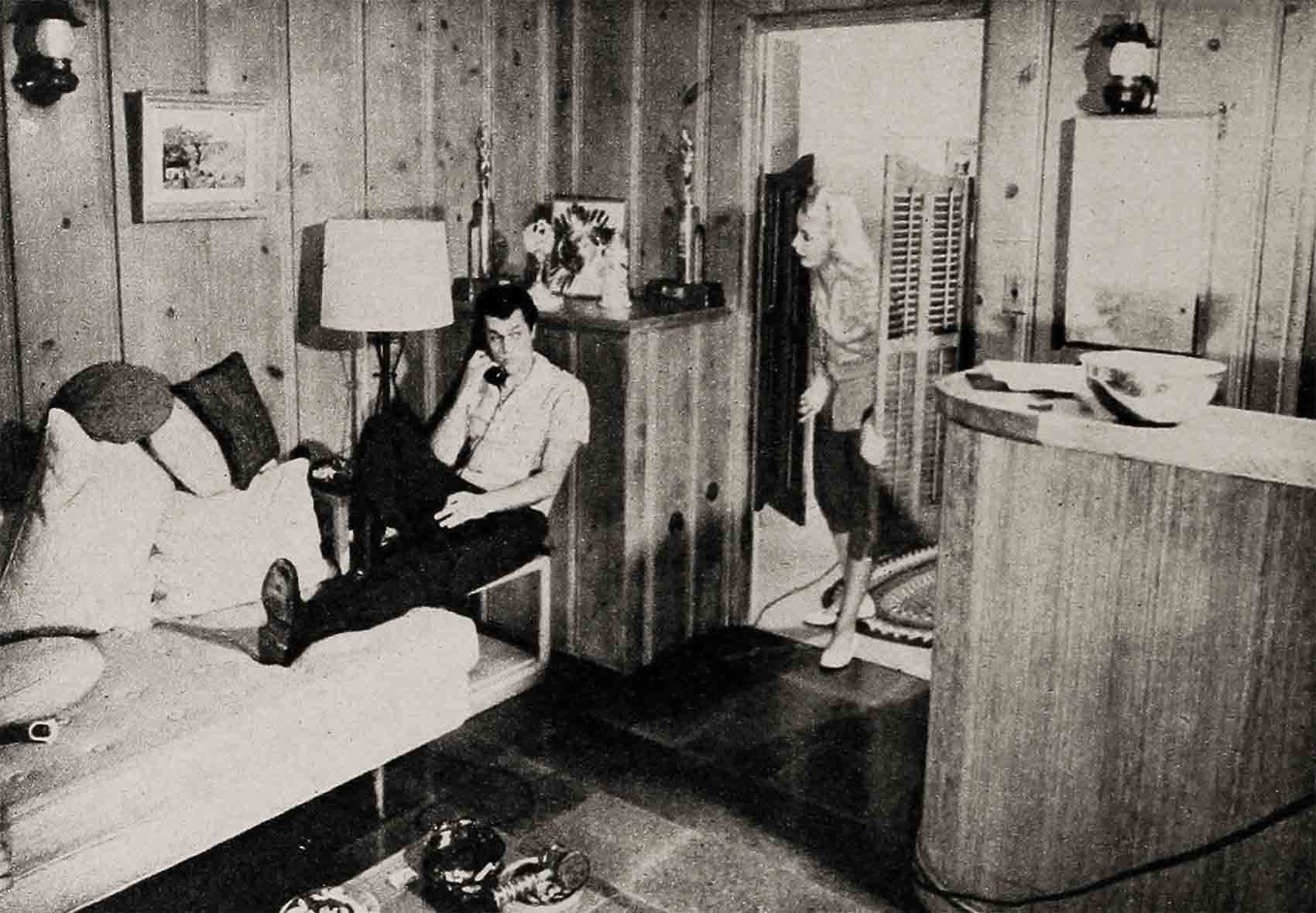
With her “outline for a home” in trusted hands, Janet plunged into work. She was playing in Prince Valiant with Bob Wagner and this absorbed most of her energy. From time to time her mother would report on the housing situation and on several occasions, her “kids,” as she likes to refer to them, inspected vacant houses. For one reason or another, Janet and Tony rejected them.
Finally last October, after Janet had finished Prince Valiant and had flown to Detroit where Tony was making Johnny Dark on location, her mother found what she thought was the right answer to the problem.
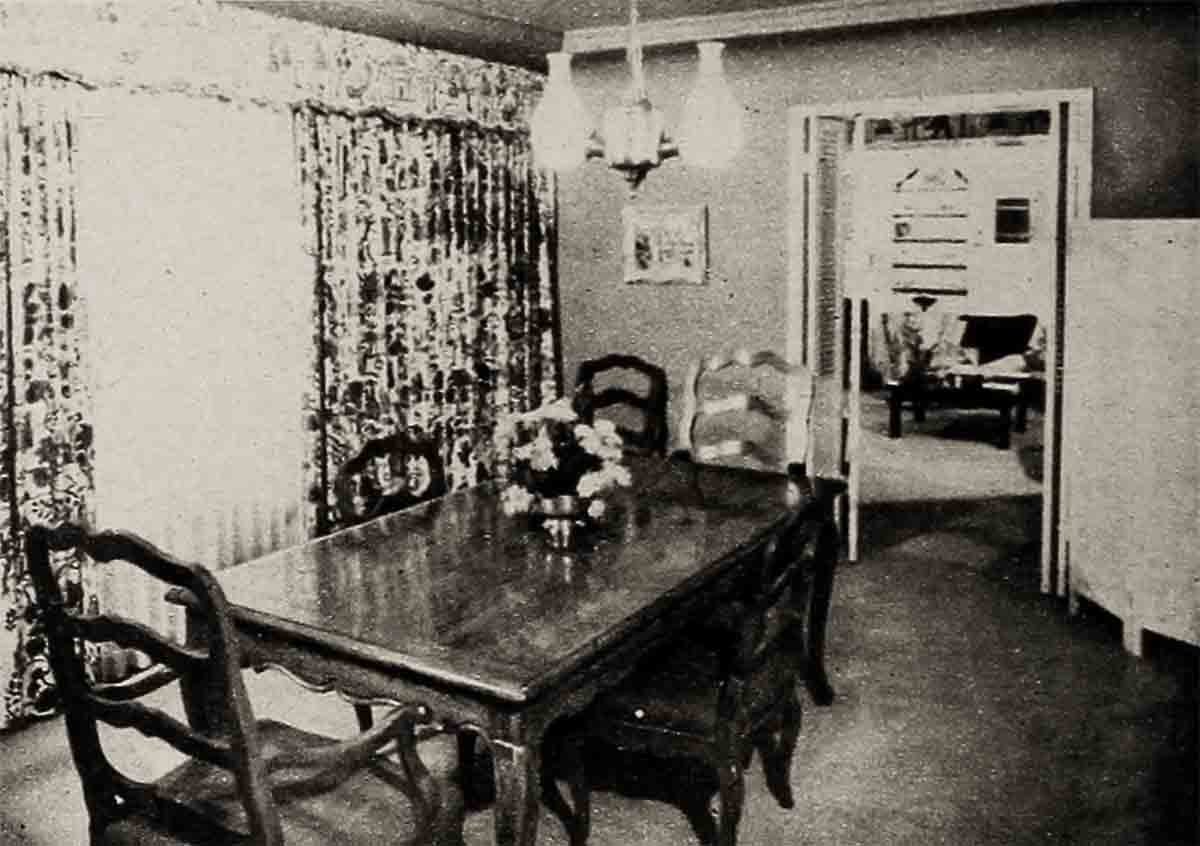
“Mother met me at the airport,” Janet remembers, “and when she started telling me about a little remodeled California bungalow, I knew intuitively that it was the place for Tony and me. I was so sure she was right that I made her stop and phone the people who owned the house to ask if I could come right over and see for myself.
“They said sure and we went. Of course it was exactly what we needed. The location was perfect and the Spanish style—well, it’s a lot like the house I grew up in when we were living in Stockton.
“My only dilemma was to stall the owners until Tony could give his approval. I needn’t have worried. Tony took one look at the place and signed all the papers. For the last six months we’ve never been happier. We look upon this as our first real home.”
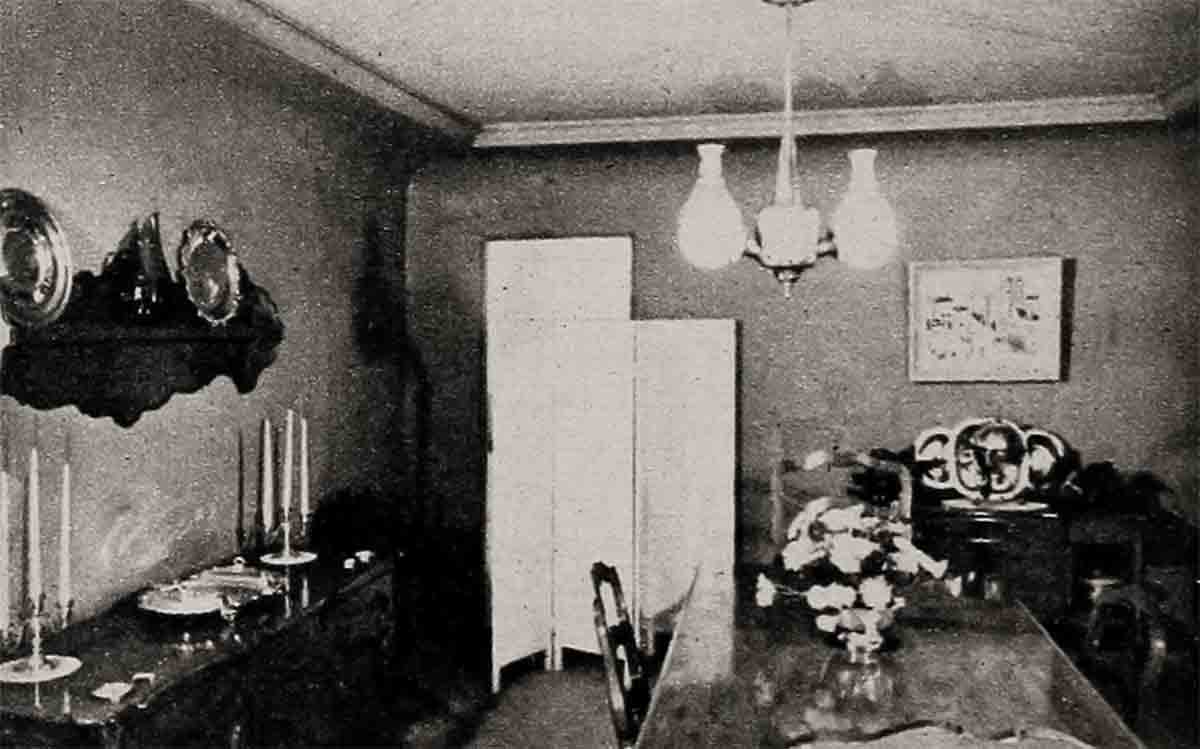
The eight-room house that Tony and Janet refer to as “our first real home” is a fine example of the type of compact, one-story house that everyone was building along the palm-lined streets of Beverly Hills in the early thirties. It earned the deceptive name of “California bungalow” because of its single story, but most of these houses occupy a considerable area. They aren’t bungalows like those east of the Mississippi.
The Curtis residence, for example, boasts a large livingroom, a diningroom, a kitchen, two bedrooms and baths, a bar, a book-lined den, and a glassed-in breakfast room. Some bungalow!
All the rooms are high-ceilinged and there are such conveniences as a special dressingroom for Janet, a roomy service porch, linen closets, and a sky-lighted central foyer.
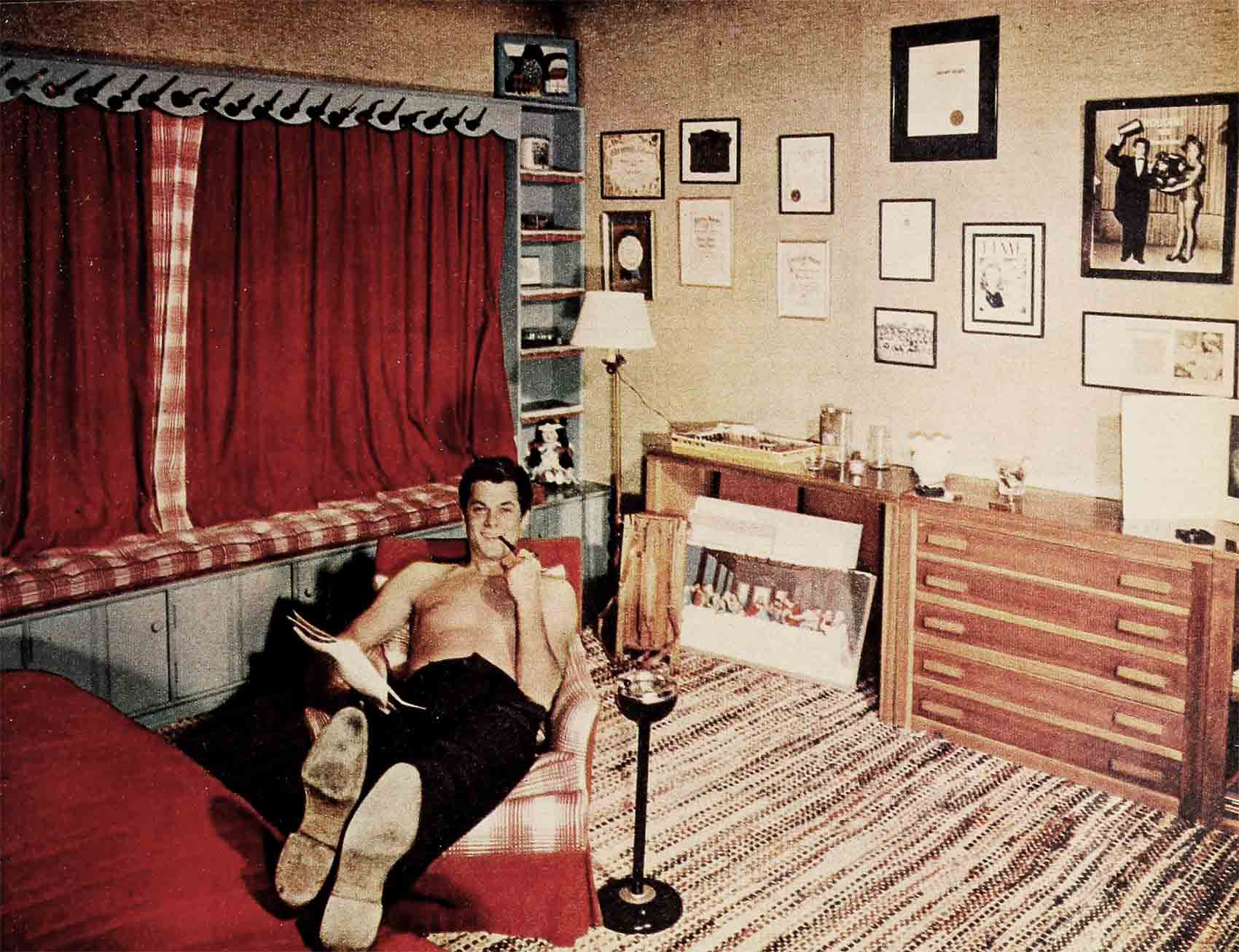
Traditionally, the California bungalow features an entrance garden and an enclosed patio in the rear to allow for out-door living. Set on a corner, the Curtis place contains a lawn larger than most and several big old trees.
“Matter of fact,” Tony comments, “it’s a nice neighborhood. The fellows around here take pride in their gardening. To most of them it’s not a chore, it’s a hobby.”
Mention of “hobby” brings up the fact that Tony Curtis is one of the busiest hobby men in the film colony. Janet decided that the second bedroom would be Tony’s hobby headquarters. She and Tony moved in the sectional cabinets in which he keeps his paints and modeling tools, and later Janet talked her mother into helping her line the shelves with a red and white plastic paper. Then she covered one wall with framed photographs and awards which she and Tony have won.
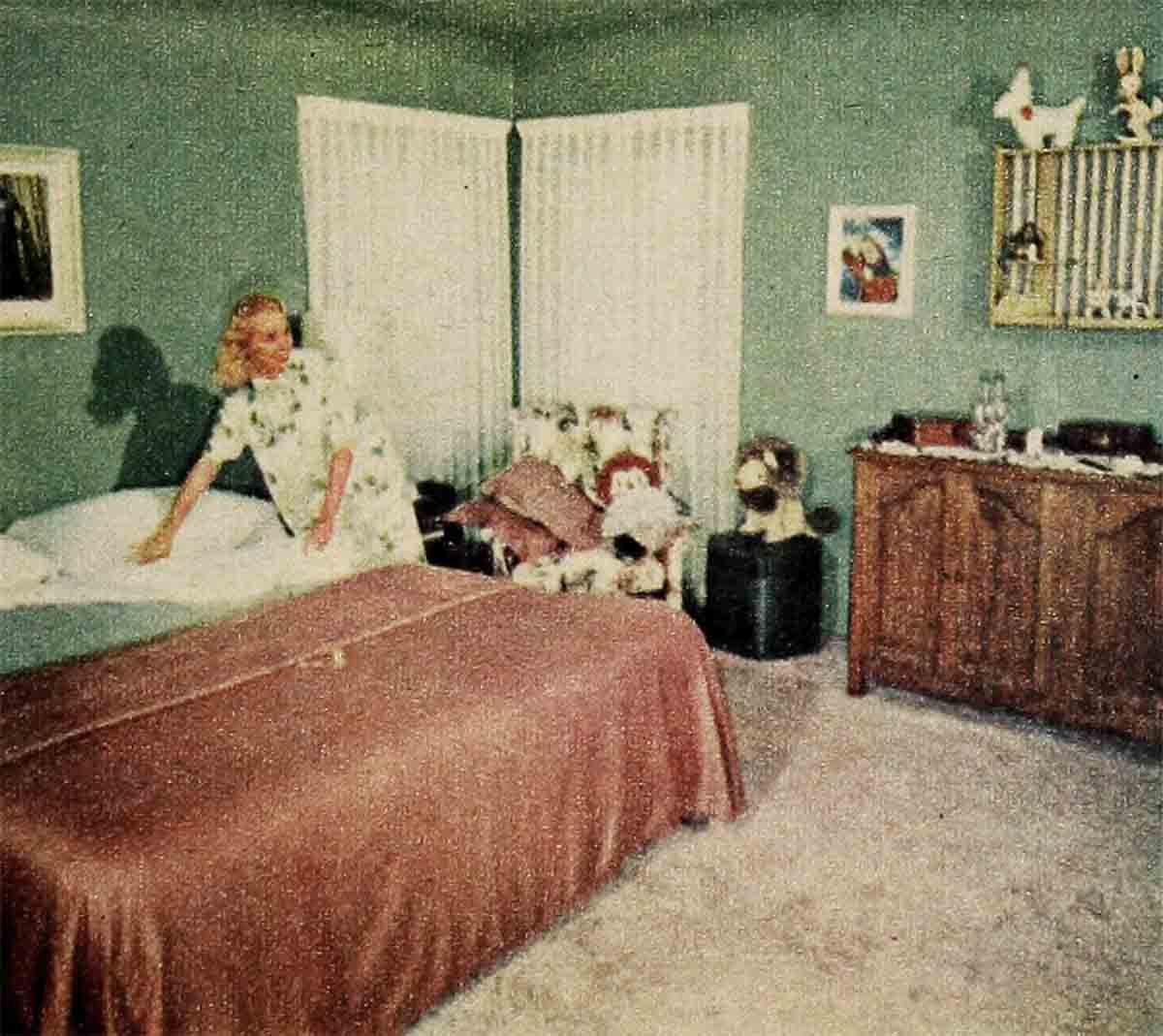
“It’s a cheerful room for Tony to enjoy all by himself,” Janet explains. “If he spills paint and glue anywhere I can hardly tell.”
The room they have ear-marked for the baby is the den. This restful, shuttered room is in one corner of the house, away by itself. It has its own bath and a door that leads to the patio. There are plenty of built-in cabinets and it’s close to the kitchen. It would make a perfect nursery. In the meantime it is fine for studying scripts, reading and practicing magic tricks, another Curtis specialty.
Of all the rooms in the Curtis house the richly-paneled bar probably gets the most use. Not that Tony and Janet are heavy drinkers—Tony specializes in carbonated beverages—but merely because this snug little room boasts the only television set in the house.
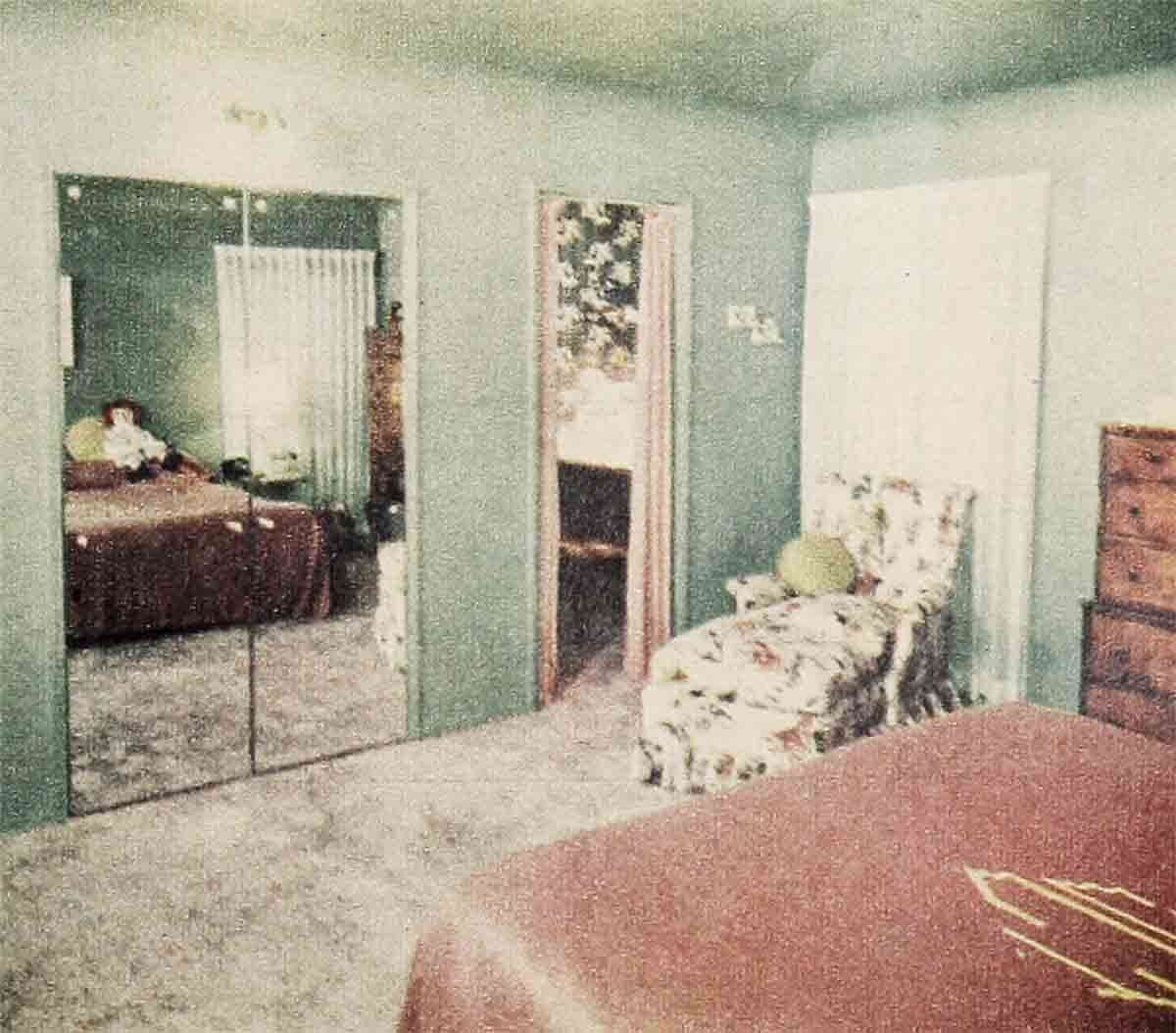
Tony and Janet eat dinner-on-a-tray here every night as they watch TV. If their friends—Jeff Chandler, Marge and Gower Champion, or the Jerry Lewises—wander in no one ever suggests moving elsewhere. The bar’s cork floor, natural woods and oatmeal-colored upholstery make a pleasant, easy room.
The Curtises do not go in for elaborate, formal dinners or large parties of any kind. Six days a week they are up by five-thirty A.M., gulping coffee and rushing to their studios to report to “make-up.”
“Of course,” Janet says, “our schedule could change. It’s nice to know that we have a large livingroom and a large diningroom, just in case we wanted to invite ten or twelve for dinner!”
About the livingroom Janet admitted, “I just don’t know what to do with it. I guess I’ll leave it alone unless Tony gets some idea for it. The diningroom, though! I really love it. The hand-blocked linen draperies and the silver lighting fixture—you know, it’s not until you’ve rented badly-furnished places that you appreciate a good one. This one shows real taste.”
In the last year or two Janet has learned to like the feel and looks of hand-hewn furniture. She dotes on unique pieces like the hanging rack in the diningroom on which she displays some of her wedding silver. And she’s learned how to bring out a room’s strong points and hide its weak ones. The white woven screen in the diningroom, for example, masks the entrance to the kitchen. It’s her idea.
Fortunately, the kitchen is practically perfect. It has counters of yellow and white tile and a big bay window to let in the sunlight. There are the two refrigerators. Ida Mae, the housekeeper, always has one of them stocked with Tony’s beloved soda pop. Now that they have known the luxury of two refrigerators Janet and Tony swear they’ll never have less. “In fact,” Janet says, “we’re thinking of putting in a third, probably behind the bar.”
Tony grins. “Everyone knows,” he says, “that’s the best place for a baby’s bottles. Kidding aside,” he adds, “we’ve learned that it’s not really living until you’re living in a house. There’s no one underneath to complain about the noise.”
Wait until Mr. Curtis hears the cries of an infant demanding his two-o’clock bottle. Only then will he know what real noise is.
“Even so,” they answered, “it’s the only noise we need to make our happiness complete. We’ll welcome it with happy hearts and open ears.”
THE END
—BY MARVA PETERSON
(Janet Leigh is appearing in MGM’s Athena, and Tony Curtis in U-I’s Johnny Dark.)
It is a quote. MODERN SCREEN MAGAZINE APRIL 1954


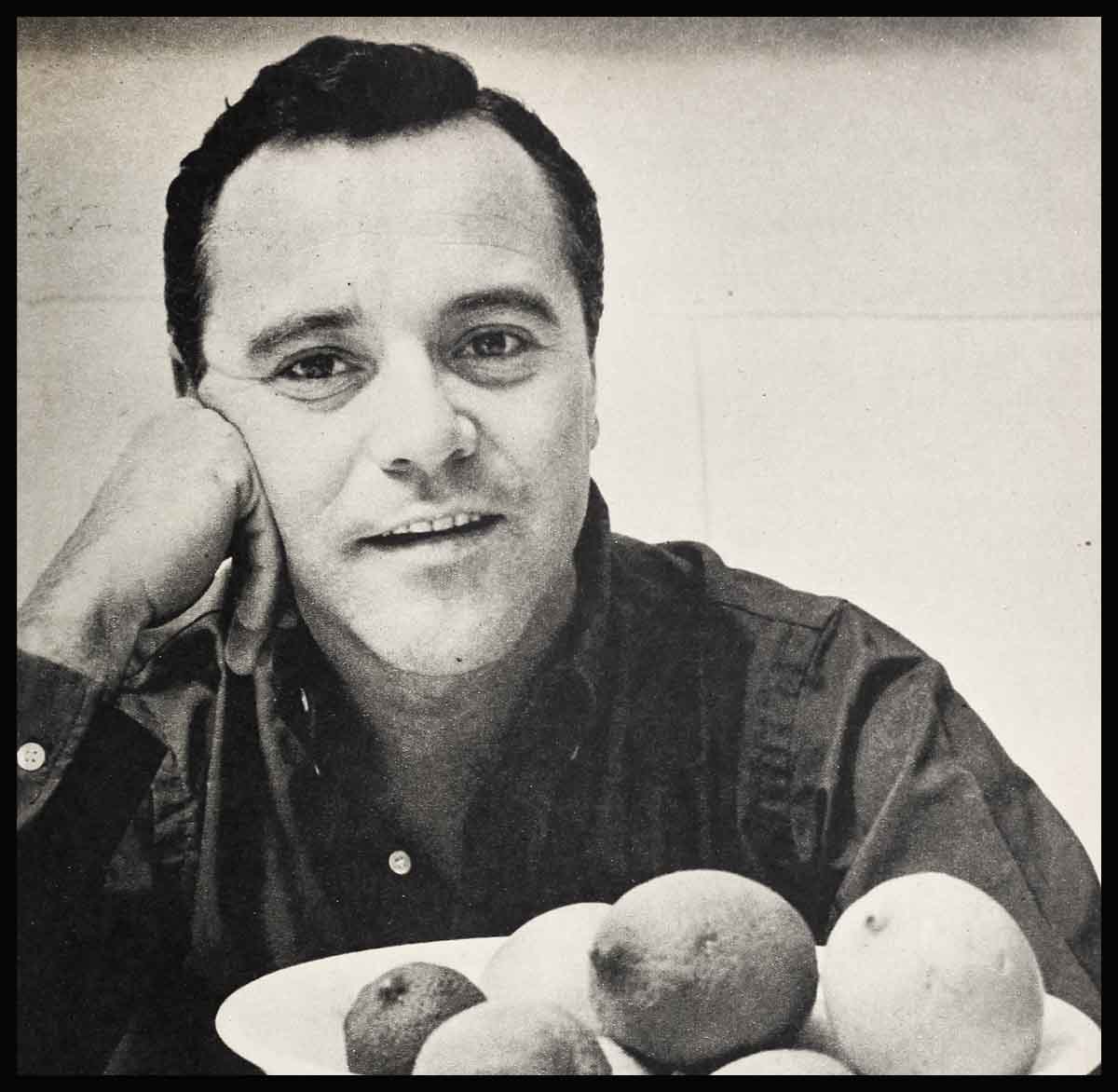

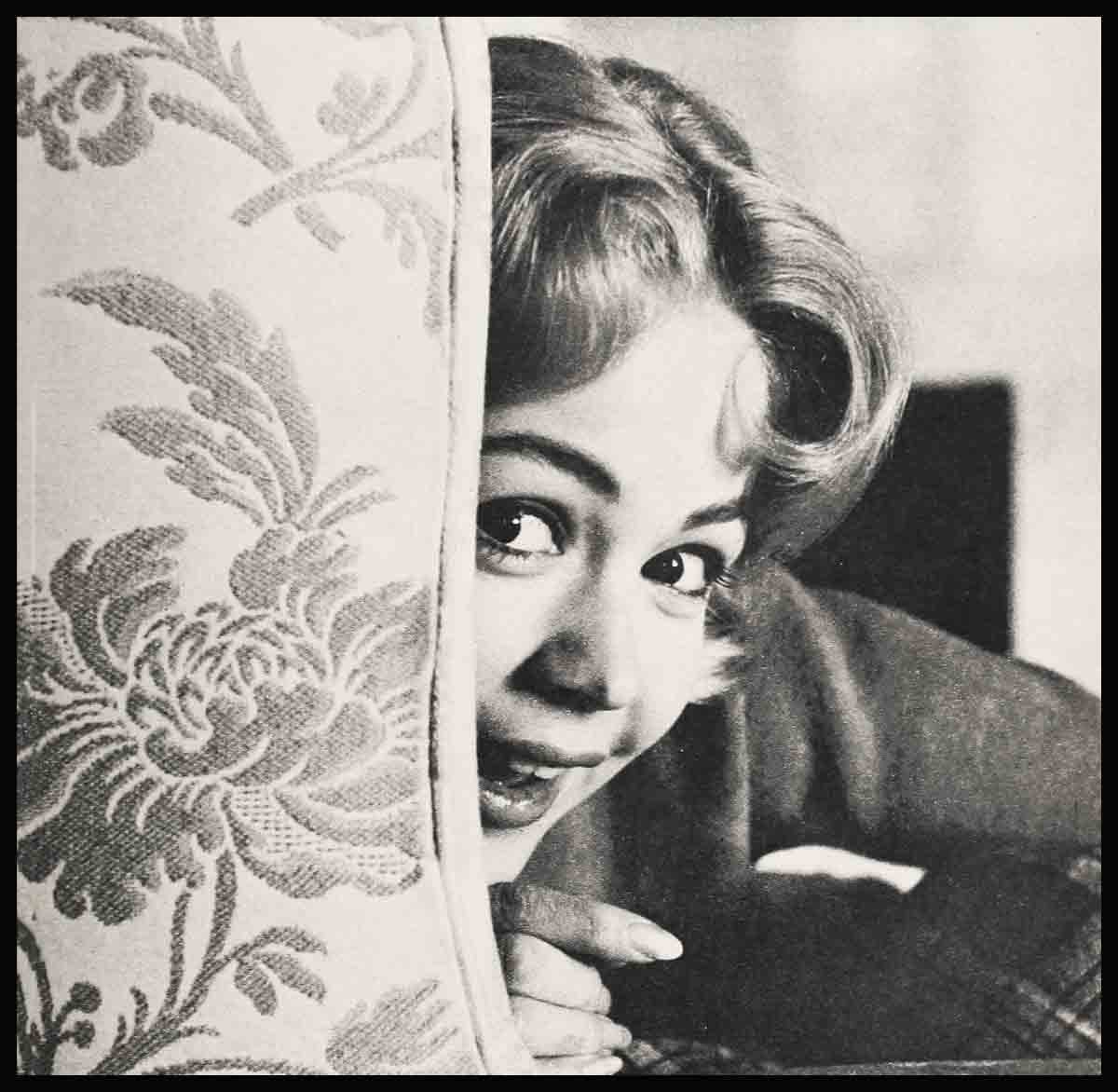
No Comments